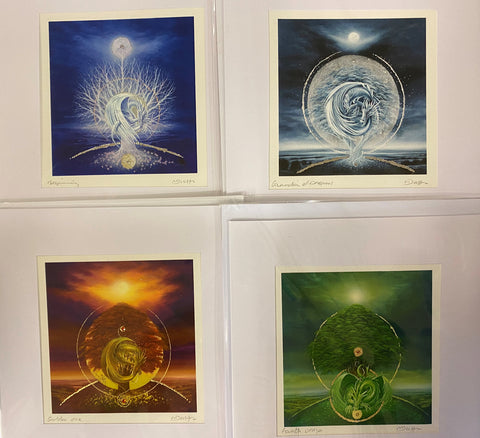

Feeding it meat will lower that wild rating and give you an obedient monster. However, if your monster has a high rating in the wild category, you can expect it to refuse to follow your commands pretty regularly. You’ll command your troops by selecting actions from a menu-you can give them individual strategies, order an all-encompassing command, or order them to use their special techniques. Battles are turn-based, with a first-person perspective. As Tara, you’ll command a party of 3 monsters in battle. Monsters captured in the wild won’t be as powerful as the monsters you breed.Īs mentioned earlier, the rest of the gameplay falls into the realm of the traditional RPG. Don’t get too attached to any of your monsters breeding them, and thereby losing them, is an essential part of the game. Meanwhile, the two parents skulk off after making the egg, never to be seen again. The end result is a newborn monster at level 1 but with the ability to learn skills of both the parents. This union will produce an egg, which you can hatch. There, you’ll select a male and a female monster to mate. Once one has reached at least level 10, you can breed it by going to the Starry Shrine. Monsters gain experience in battle, which allows them to learn new skills. From here, you can take the beast with you or send him back to Cobi on your farm. Make one happy enough, and it will offer to join you after the battle.

Monsters are won over in battle by feeding them meat to tame them. If you’re a micromanager, then you’ll find much to like here: the breeding system is like a course in genetics, yet simple enough not to overwhelm the casual gamer. With over 300 monsters available during your journey and thousands of possible breeding combinations and results, one could spend months playing the game just to get the most powerful monsters for your party. While most of the game can be best described as ‘standard RPG fare’-complete with towns, people to talk to, and a world map-it’s the monster breeding that truly brings depth to the game. It’s here, in the gameplay department, that DWM2 really distinguishes itself. Simply put, it’s a game that both kids and adults can pick up and understand with minimal difficulty. Even though there’s not an epic plot anywhere to be found, the lighthearted and relatively simple story fits the mood of the game nicely. While the story is simple, and the main quest relatively short-you can beat it in around 10 hours – it doesn’t really hurt the game. Some of these magical keys can only be accessed in Cobi’s game, making transferring keys between a link cable a necessity for those of us who have to do everything in a game. Once you’ve managed to save GreatLog, your adventure continues-there are still magic keys to find, new worlds to explore, rare monsters to capture and breed, and other quests to complete. As Tara, you’ll travel to far away worlds, by finding magic keys, and complete some standard ‘find and fetch’ quests before fighting a boss and returning home with an item that may be able to fill the hole and save GreatLog-pretty traditional stuff. This quest for a new navel plug dominates the main part of Dragon Warrior Monsters 2. While you’re doing this, Warubou fills the hole with his body-but he’s not going to be able to keep the water out forever. Now that it’s been broken, you must travel to a variety of different worlds in search of items that could be used to replace the plug. The navel plug is a lot like the plug for your bathtub-only instead of keeping water in, it keeps water out and allows the island to stay afloat. During one of the duo’s pranks, GreatLog’s navel plug (I’m not making this up, I swear) is destroyed. It also has a mischievous prince named Kameha who has his own pet monster, a creature named Warubou. GreatLog is a giant palm tree that’s been turned into an island, with a kind king, numerous merchants, and so on. Tara, a young monster master, her brother Cobi, and their family move to the island of GreatLog in order to set up a monster farm.


 0 kommentar(er)
0 kommentar(er)
